GBU72 3BHE055094R0002 belongs to ABB's PCS6000 series. It is a medium-voltage full-power converter for large-scale wind turbines, with various characteristics.
Basic Parameters
- Power range: It can support generator power up to 12MW, meeting the high-power requirements of large wind turbines and adapting to wind power projects of different scales.
- Voltage specifications: The rated converter voltage is 3.3kV, and the voltage range on the generator side and grid side is 0 - 3.4kV. This voltage design helps achieve stable power conversion under different working conditions and adapt to voltage fluctuations of the generator and grid.
- Frequency range: The rated frequency on the generator side is 8 - 100Hz, and the frequency on the grid side is 50/60Hz. It can work normally in different frequency environments, ensuring compatibility with different grid standards.
- Efficiency: The efficiency at the converter's rated point is approximately 98%. Efficient power conversion helps improve the overall economic efficiency of the wind power generation system and reduce energy loss.
- Topology: It adopts a 3-level, 4-quadrant, VSI - NPC (Voltage Source Inverter - Neutral Point Clamped) topology, combined with a fuse-free design. This reduces the trouble of replacing fuses when the system fails and improves the reliability and operational continuity of the system.
- Semiconductor type: It uses Integrated Gate-Commutated Thyristor (IGCT) technology. This type of semiconductor has the capability of handling high voltage and large current, which can meet the needs of medium-voltage and high-power converters and ensure stable and reliable operation of the converter.
Cooling method: It adopts liquid cooling, achieving efficient heat dissipation through a closed-loop cooling unit. This ensures that the equipment maintains an appropriate temperature during operation, runs stably, and extends the service life of the equipment.
Data sheet
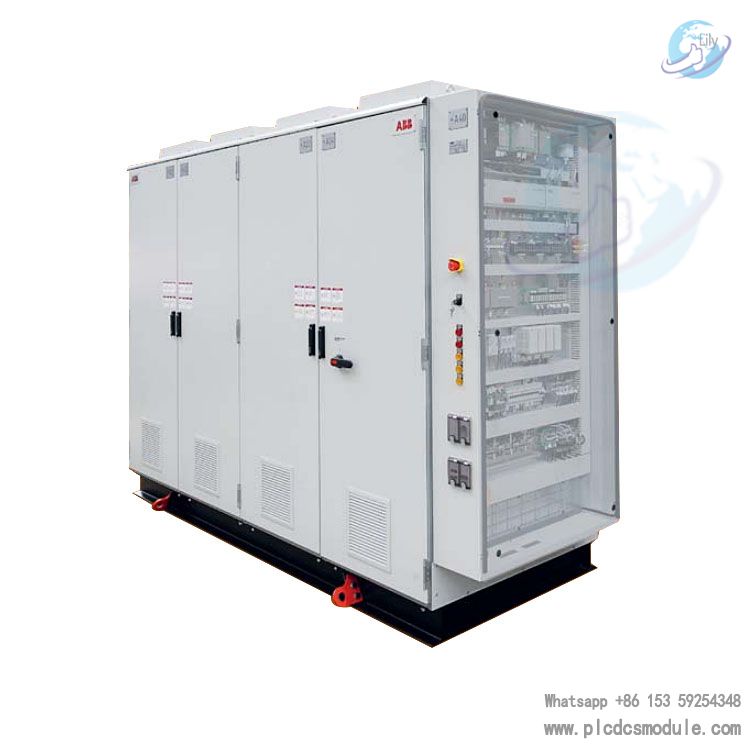
The PCS6000 converter features a compact design, integrating the voltage limiting unit, pre-charging unit, and cooling unit into a cabinet with an IP54 protection rating. This enhances power density and reduces equipment footprint. Its low-component-count design improves equipment availability; the built-in motor mode can be used for turbine testing, enabling hot-run tests in the workshop. With this mode, precise rotor positioning can also be achieved, facilitating blade installation. In addition, it enables complete decoupling between the generator and the grid, effectively mitigating the impact of destructive peak torque, preventing gears from being impacted during and after grid disturbances, and protecting the mechanical components of wind turbines.
This converter allows wind turbines to always operate at the maximum power point, achieving the highest system efficiency under specific wind conditions and maximizing the utilization of wind farm resources. The medium-voltage 3-level IGCT topology reduces system losses and lowers cable losses during long-distance transmission. The fuse-free design enables immediate remote restart after fault clearance without the need for on-site fuse replacement, reducing operation and maintenance costs. Even if grid connection is lost, the turbine can be safely shut down; the braking chopper can decelerate the turbine according to a preset control curve until the blades pitch to a stop. It is equipped with turbine overspeed protection; in the field-weakening mode, the converter manages overspeed conditions, ensuring that the wind turbine remains online and achieves maximum power generation even under harsh conditions. When major grid disturbances occur, the braking chopper can dissipate the generated power in the shunt resistor; after the fault is cleared, the turbine can smoothly reconnect to the grid, reducing generator stress.
The PCS6000 converter enables dynamic reactive and active power feeding, optimizing voltage and frequency stability, and ensuring stable grid operation even under weak grid conditions. Its control algorithm can eliminate harmonics up to the 29th order, meeting all relevant standards, reducing grid interference, and ensuring power quality. The pre-charging unit can automatically start converter pre-charging, transformer pre-magnetization, and zero-current synchronization, realizing impact-free grid connection. It complies with current grid codes and continues to be developed to meet future grid code requirements.
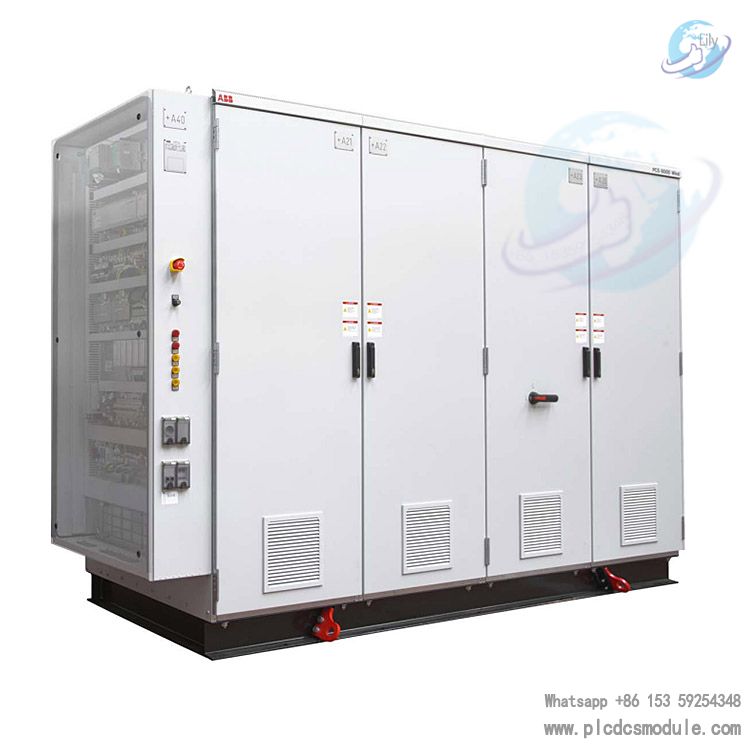
It is suitable for large-scale offshore and onshore wind turbines and can be used with high, medium, and low-speed permanent magnet generators and induction generators. Its compact size allows installation in the nacelle or tower base, facilitating cable installation and reducing installation costs.
Equipped with ABB's high-performance AC 800 PEC controller, it can quickly and accurately control the converters on the generator side and grid side, achieving maximum energy production while reducing mechanical stress on the drive system and meeting grid specifications and fault ride-through requirements. It is provided with various fieldbus interfaces, such as Profibus DP/DPV1, Profinet IO, Modbus TCP, EtherCat, and CANopen, which facilitate communication and integration with other devices, enabling remote monitoring and management.
Customers who purchased this product also viewed these products:
ABB S-093H 3BHB030478R0309 PHASE MODULE
ABB PHARPS32200000 F8-G2B9B3B6 Power Supply






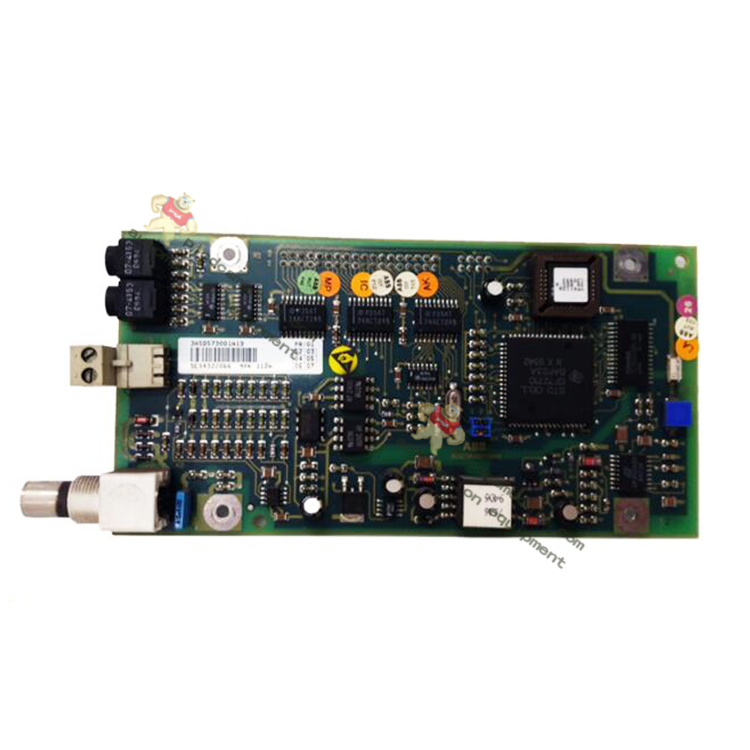




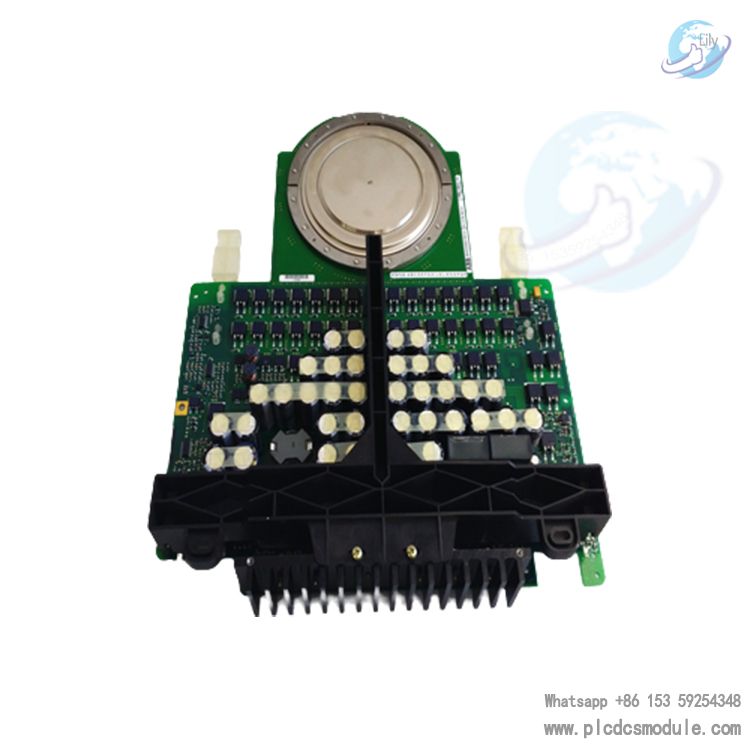
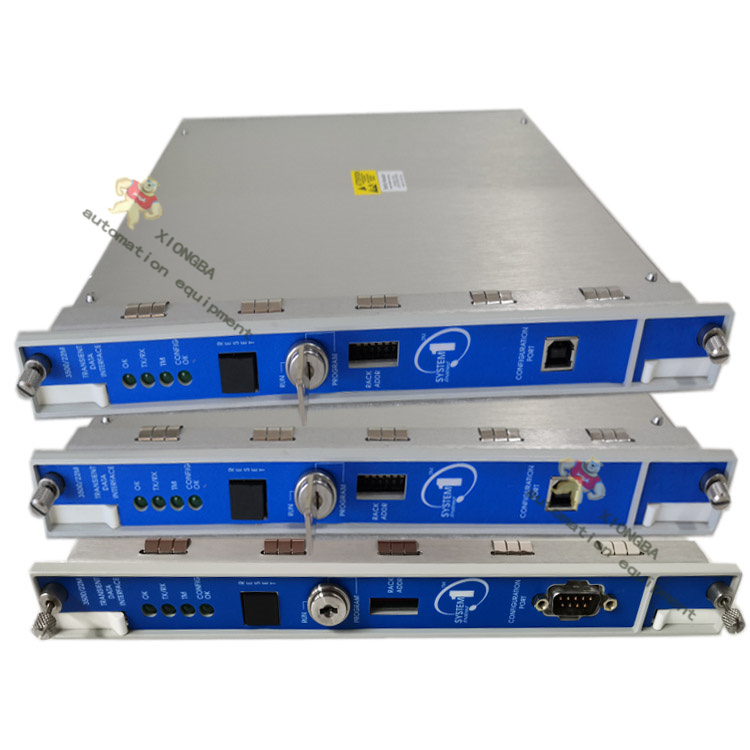
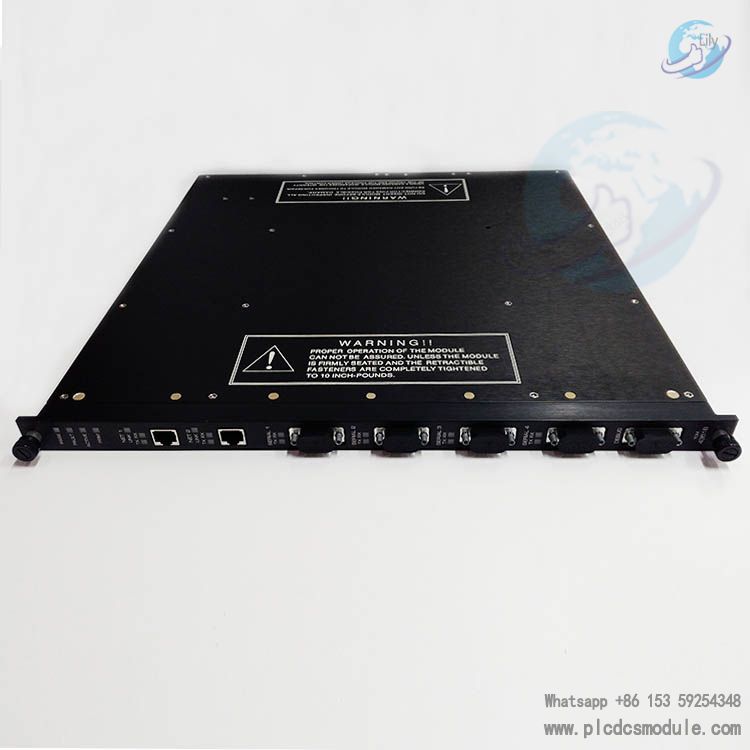
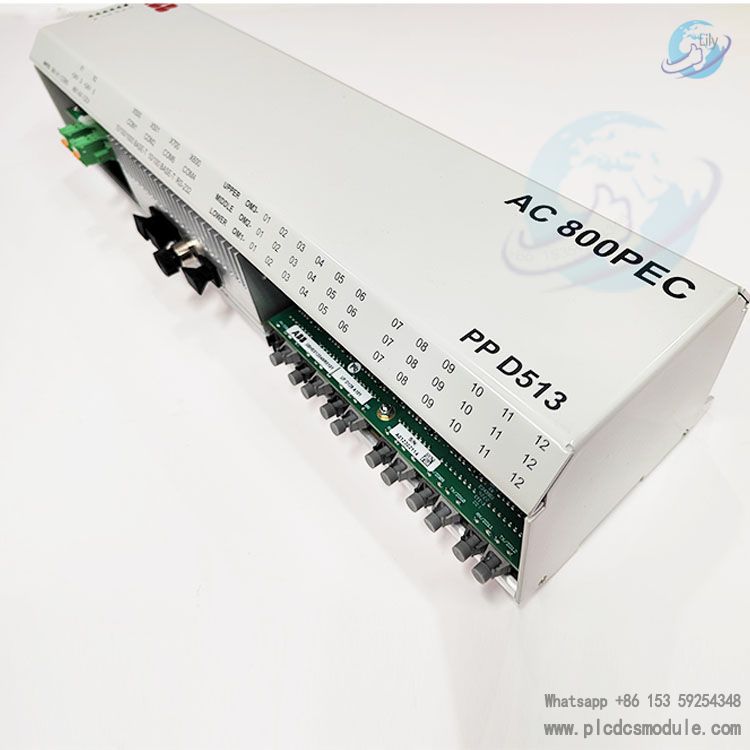
 3005319639
3005319639